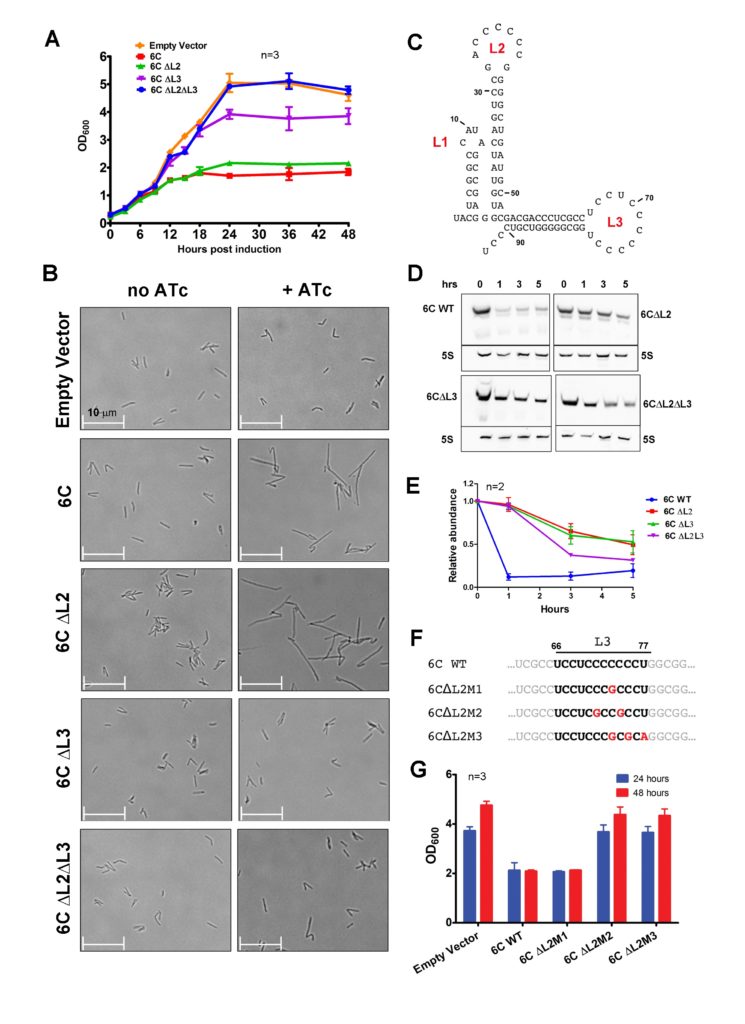Research
Vaccine and Immunity
One of our main aims is to develop novel strategies for the effective control of tuberculosis (TB). TB is a leading infectious disease caused by Mycobacterium tuberculosis (Mtb). Currently one-third of the world’s population is latently infected with Mtb and 2 million people die from TB each year. The increasing incidents of multiple-drug resistant TB (MDR-TB) and extensively-drug resistant TB (XDR-TB) and the deadly combination of Mtb-HIV coinfections have placed enormous challenge to current TB control programs. As such, new therapeutic interventions and vaccination technology are urgently needed (See Watt & Liu, 2020 for the latest TB vaccine development).
BCG is a live attenuated TB vaccine that was developed >100 years ago and remains as the only approved TB vaccine. Despite its widespread use (>100 million dose each year), BCG has limited protective efficacy. One of our major efforts is to develop TB vaccines that are better than BCG. We are taking multiple and complimentary approaches including the construction of recombinant BCG, attenuated Mtb mutant, and multivalent subunit vaccines. We have identified molecular factors that affect the safety and immunogenicity of BCG (Leung et al, 2009; Chen et al, 2007), and developed a recombinant BCG that is superior than BCG as demonstrated in animal models of infection (Ahn et al, 2018). This recombinant BCG is a promising candidate for clinical development.
Parallel to our vaccine development, we are making progress on identifying immune factors that are associated with Mtb infection outcome. The knowledge enables us to design host-directed therapy to improve the control of Mtb infection.

Profiling of host immune cells in response to Mtb infection by CyTOF

6C sRNA binding to mRNA target via a C-rich loop
(See more in Mai et al, 2019)
sRNA biology
Central to the success of Mtb as a human pathogen is its ability adapt to the host environment and persist for an extended period of time. A key factor in host adaptation is rapid gene expression changes, and one major class of regulators of bacterial gene expression is small RNAs (sRNAs).
While much knowledge on bacterial sRNA has been obtained through studies of Gram-negative bacteria such as E. coli and Salmonella, there is a large knowledge gap on sRNA biology in high GC Gram-positive bacteria including Mycobacterium and Streptomyces. The goal of our research is to identify sRNA and their mRNA targets in these organisms and map the sRNA-mRNA interactome. This will help us to understand the role of sRNA in Mtb virulence and pathogenesis.